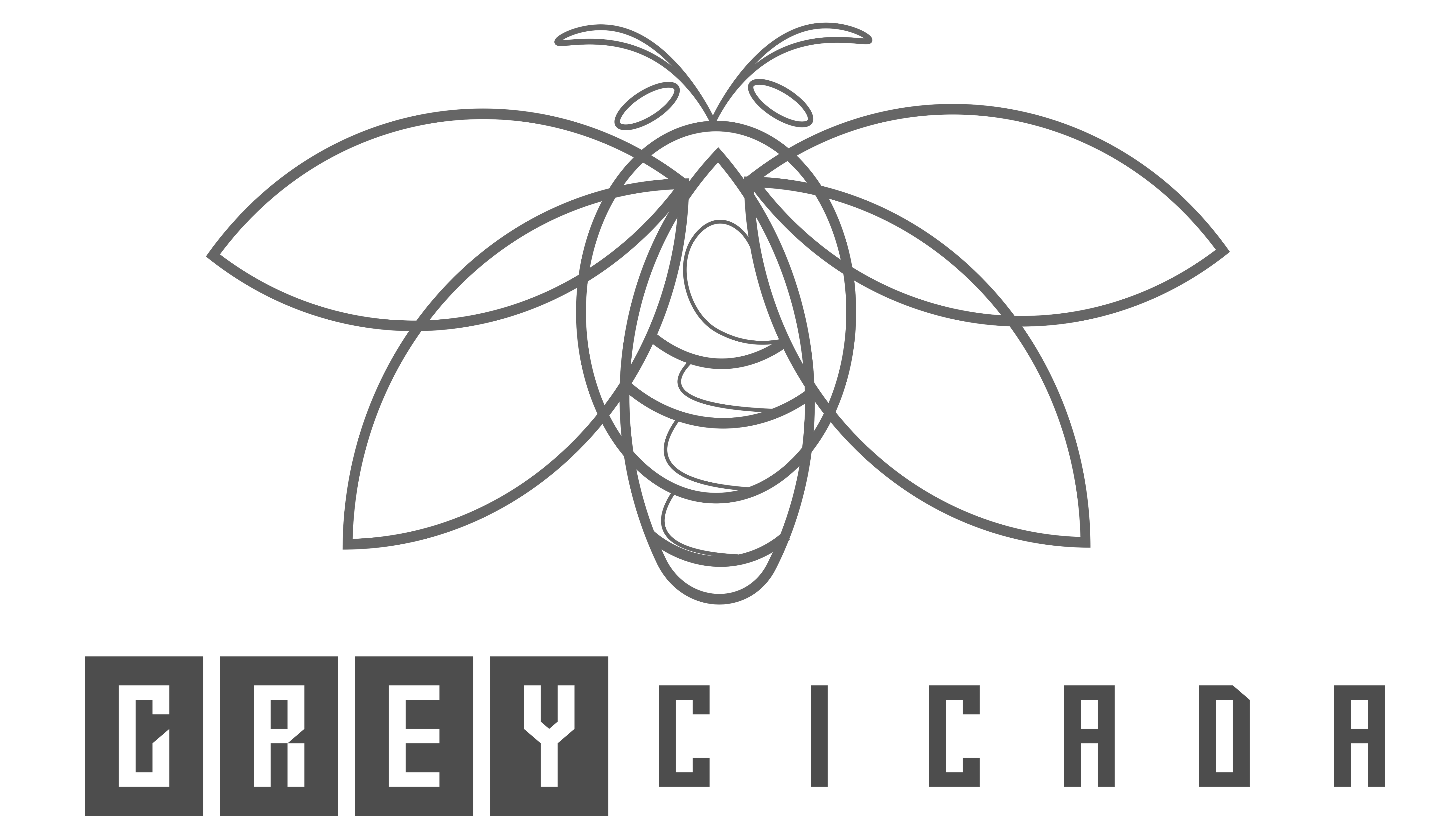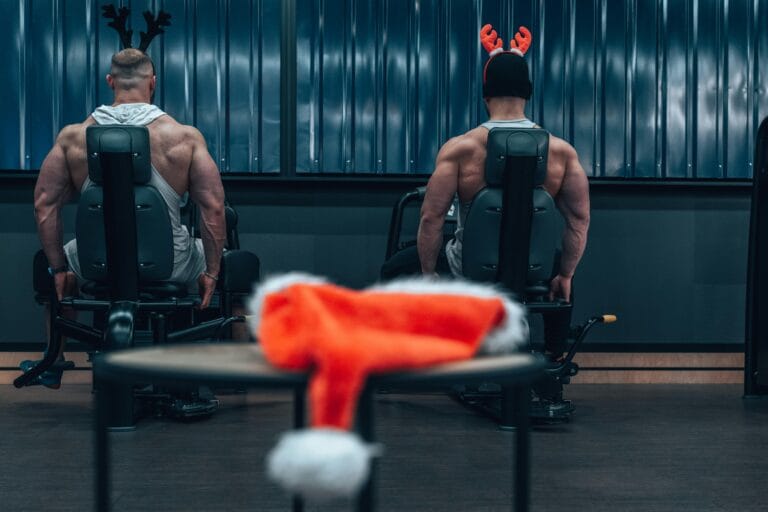FREE SHIPPING OVER $50
Fight Muscle Loss: The Top Foods Every Older Adult Needs for Lasting Strength

As we journey through life, there’s a common worry that often surfaces: will I lose my strength? Will everyday tasks become harder? Will I maintain my independence and enjoy an active lifestyle as I get older? It’s a valid concern, because, let’s be honest, we all want to stay strong, vibrant, and capable for as long as possible.
The good news? While some degree of muscle loss is a natural part of aging, significant decline is far from inevitable. You actually hold a powerful secret weapon in your hands every day: your fork! What you choose to put on your plate plays a monumental role in protecting your muscles, preserving your strength, and supporting your overall vitality. This isn’t about restrictive diets or complicated meal plans; it’s about making smart, delicious choices that nourish your body’s ability to maintain and even build muscle mass.
Your Plate as Your Power Tool: Why Food Matters for Muscle
At the core of muscle health is protein. Protein provides the essential amino acids, which are the building blocks your body uses to construct and repair muscle tissue. Without enough protein, your body struggles to maintain its existing muscle mass, let alone build new muscle. For older adults, the need for protein is often higher than younger individuals because their bodies become less efficient at using protein for muscle protein synthesis (the process of building muscle).
But it’s not just about protein. Other vital nutrients play crucial supporting roles:
- Vitamins and Minerals: These act as co-factors in countless biological processes, including energy production, nerve function (which signals muscles), and antioxidant defense to protect muscle cells from damage.
- Healthy Fats: Provide concentrated energy, support hormone production, and help absorb fat-soluble vitamins essential for overall health, including muscle health.
- Complex Carbohydrates: Fuel your muscles during activity and replenish energy stores for recovery.
The real magic happens when nutrition works in synergy with exercise. Eating the right foods provides the raw materials, and engaging in resistance training (like lifting weights or using resistance bands) provides the stimulus. Together, they form an unstoppable team in your pursuit of lasting strength and an active lifestyle.
The Top Foods Every Older Adult Needs for Lasting Strength
Ready to make your plate a powerhouse for your muscles? Here are the top foods you should prioritize to fight muscle loss and build lasting strength.
High-Quality Lean Proteins
Why It’s a Powerhouse for Muscle: This is non-negotiable! Protein provides the essential amino acids your body needs to build and repair muscle tissue. High-quality sources contain all nine essential amino acids that your body can’t produce on its own. Older adults often need more protein than younger individuals to stimulate muscle protein synthesis effectively.
Examples: Chicken breast, turkey, lean beef, fish (salmon, tuna, cod), eggs, Greek yogurt, tofu, tempeh.
Serving Suggestions: Aim for about 25-30 grams of protein per meal. Include a source of lean protein at every meal and snack. Think grilled chicken with dinner, eggs for breakfast, or Greek yogurt as a snack.
Fatty Fish (Rich in Omega-3s)
Why It’s a Powerhouse for Muscle: Fish like salmon, mackerel, and sardines are packed with omega-3 fatty acids (EPA and DHA). These powerful compounds are known for their anti-inflammatory properties, which can help reduce muscle soreness and aid in recovery after exercise. Some research even suggests omega-3s might directly enhance muscle protein synthesis and protect against age-related muscle loss.
Examples: Salmon, mackerel, sardines, trout, tuna.
Serving Suggestions: Aim for 2-3 servings of fatty fish per week. Enjoy baked salmon, canned sardines on crackers, or grilled mackerel.
Dairy Products (Especially Greek Yogurt and Cottage Cheese)
Why It’s a Powerhouse for Muscle: Dairy offers a fantastic combination of whey protein (fast-digesting, great for post-workout recovery) and casein protein (slow-digesting, excellent for sustained muscle repair, especially overnight). Plus, dairy is typically fortified with Vitamin D and is a great source of calcium, both crucial for bone health, which is inextricably linked to muscle strength and fall prevention.
Examples: Greek yogurt, cottage cheese, milk, kefir.
Serving Suggestions: Greek yogurt makes a fantastic breakfast or snack, blended into smoothies, or topped with berries. Cottage cheese is versatile for snacks or light meals.
Leafy Green Vegetables
Why It’s a Powerhouse for Muscle: While not a direct protein source, leafy greens like spinach, kale, and collard greens are nutritional powerhouses for muscle health. They are rich in antioxidants that fight cellular damage, and contain compounds like nitrates, which the body can convert into nitric oxide. Nitric oxide helps improve blood flow to muscles, enhancing nutrient delivery and oxygenation. They also provide Vitamin K, important for bone health.
Examples: Spinach, kale, Swiss chard, arugula, collard greens, beet greens.
Serving Suggestions: Add a handful of spinach to your smoothie, sauté kale with garlic, or enjoy a large salad with every meal.
Legumes (Beans, Lentils, Chickpeas)
Why It’s a Powerhouse for Muscle: For those seeking plant-based protein sources, legumes are a must-have. They provide excellent amounts of protein, fiber, and essential minerals like magnesium, potassium, and iron, all vital for muscle function and energy production. Their fiber content also aids in digestive health and satiety.
Examples: Black beans, kidney beans, lentils, chickpeas, edamame.
Serving Suggestions: Add beans to soups or salads, make a lentil curry, create hummus from chickpeas, or enjoy edamame as a snack.
Nuts and Seeds
Why It’s a Powerhouse for Muscle: Nuts and seeds are concentrated sources of plant-based protein, healthy fats (including some omega-3s in flax and chia seeds), fiber, and a wide array of vitamins and minerals like magnesium, zinc, and selenium. These nutrients support muscle function, nerve signaling, and overall energy.
Examples: Almonds, walnuts, chia seeds, flax seeds, pumpkin seeds, sunflower seeds.
Serving Suggestions: Sprinkle on oatmeal or yogurt, add to salads, blend into smoothies, or enjoy a small handful as a convenient snack.
Colorful Fruits (Especially Berries)
Why It’s a Powerhouse for Muscle: While your muscle-building efforts are focused on protein, don’t forget the power of antioxidants! Berries (blueberries, strawberries, raspberries) and other colorful fruits (cherries, oranges) are packed with antioxidants and anti-inflammatory compounds. These help combat oxidative stress and inflammation that can damage muscle cells and hinder recovery. They also provide healthy carbohydrates for energy.
Examples: Blueberries, strawberries, raspberries, cherries, oranges, apples.
Serving Suggestions: Add berries to your yogurt, oatmeal, or smoothies. Enjoy a piece of fruit as a snack or dessert.
Making It Work for You: Practical Tips for Older Adults
Adopting new eating habits might seem daunting, but it doesn’t have to be. Here are some practical tips to help older adults integrate these top foods seamlessly into their daily lives for lasting strength:
- Spread Your Protein Intake: Instead of consuming most of your protein in one large meal, try to distribute it throughout the day. This helps your body continuously fuel muscle protein synthesis. Aim for roughly 25-30 grams of protein at breakfast, lunch, and dinner.
- Snack Smart: Don’t underestimate the power of healthy snacks. Greek yogurt, a handful of nuts, a hard-boiled egg, or a small protein shake can bridge the gap between meals and boost your overall protein intake.
- Plan Your Meals: A little meal planning can go a long way. Decide on your protein sources for the week and build your meals around them. This helps ensure you’re getting enough of the top foods.
- Cook at Home More Often: When you prepare your own meals, you have full control over the ingredients, ensuring you’re prioritizing whole, nutrient-dense foods and limiting processed options.
- Experiment with Plant-Based Proteins: If you’re new to plant-based protein sources like legumes, tofu, or tempeh, start by incorporating them into familiar dishes. Try adding beans to a soup, lentils to a stew, or tofu to a stir-fry.
- Listen to Your Body: Your nutritional needs might change based on your activity levels. Pay attention to your hunger cues and energy levels, and adjust your intake accordingly.
Conclusion
The idea that muscle loss is an inevitable part of aging is a myth we need to actively dismantle. You hold incredible power to fight muscle loss and cultivate lasting strength – and it starts right on your plate! By focusing on the top foods rich in protein, healthy fats, vitamins, and minerals, you provide your body with the essential building blocks and fuel it needs to thrive.
Combine this smart nutrition strategy with regular resistance training and a commitment to overall well-being, and you’ll not only maintain your strength but also enhance your mobility, boost your vitality, and fiercely protect your independence for years to come. It’s time to empower your muscles with the right fuel, embrace an active lifestyle, and confidently step into a future of lasting strength. Your plate is ready – are you?
Related Articles
- Aged 60+? This ONE Workout Can TRULY Transform Your Body & Life
- Defy Your Age: 4 Simple Strength Workouts to Build Muscle & Stay Strong After 50
- From Sky-High to 114/75: The Simple Shift That Slashed My Blood Pressure
- Dementia-Proof Your Brain: 10 Foods That Guard Your Memory (Science Reveals All!)
- Want to Love Your Life After 60? Start These 6 Habits Today



